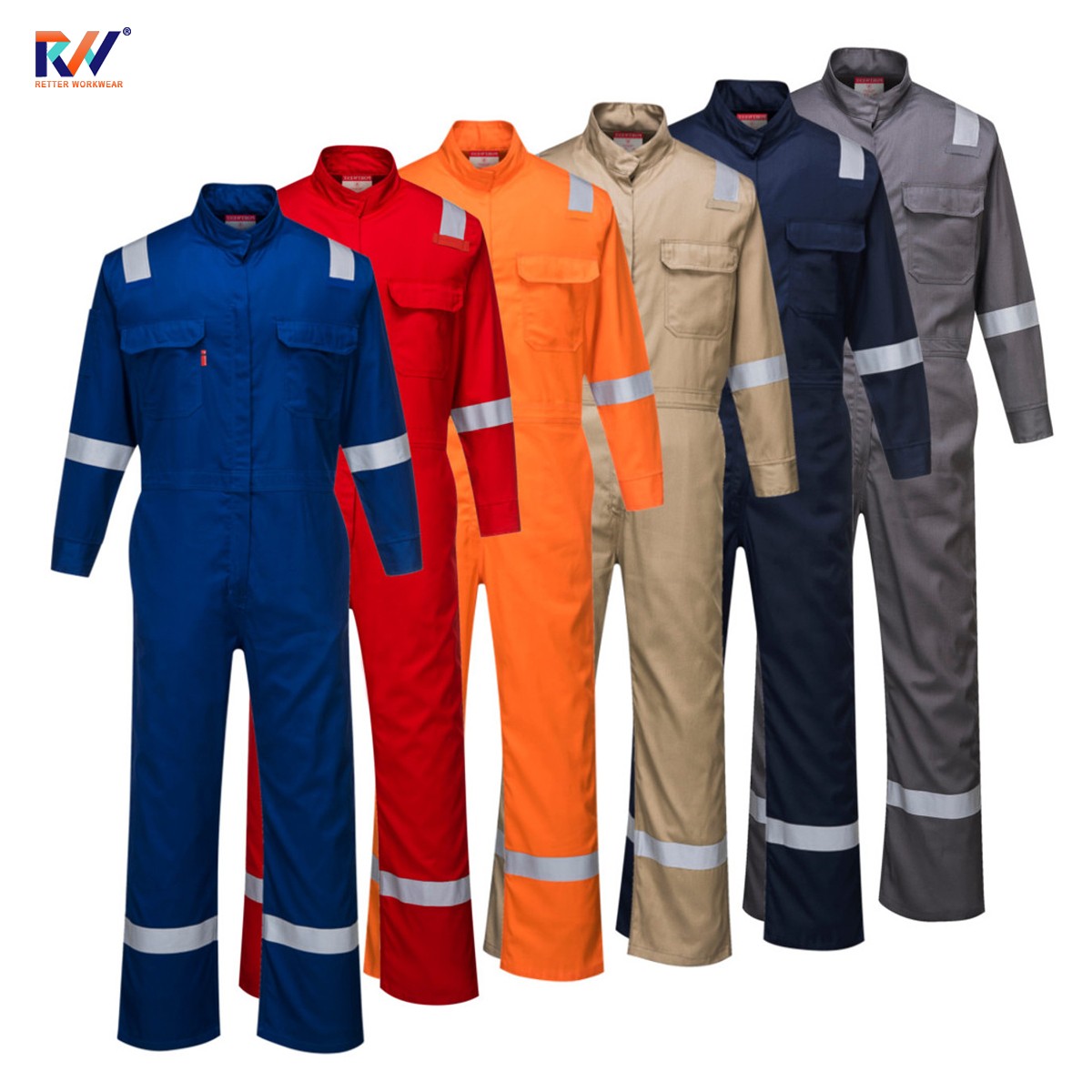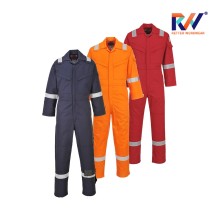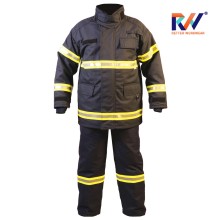How Fire Retardant Clothing Saves Lives in High Risk Environments
- By: Admin
- Feb 18, 2025

Safety is not just a precaution; it is a necessity in hazardous workplaces. Every professional faces life-risking threats at their workplace industrial location to fireplaces. Among such vital safety parameters, fire protection is the one. Here enters Retter Workwear, one of the leading Fire Retardant Clothing Manufacturers, that saves lives through protective clothing. Now, how do these work Why are they so crucially needed in places of high risk Let us look into some science behind that and know more about the importance of this dress in saving people's lives.
This special-purpose work clothing is very important in fire safety because fire accidents in industrial sites, oil refineries, chemical plants, and electrical sectors cannot be predicted. Traditional clothes catch fire immediately and may lead to serious burns and fatal injuries. On the other hand, these clothes are provided with some special features that can prevent ignition, self-extinguish the flame, and reduce heat transfer to the body.
It would not spread the fire so easily since regular fabrics feed the flame. On account of this, it reduces the chances of the whole clothing taking fire. It lessens burn injuries by separating the skin from intense heat. It improves a bit in the survival rates.
How Do Flame-Resistant Fabrics Help Protect
The efficacy of protective clothing is based on the special composition of the fabric. The clothes are made from inherent flame-resistant fibers or chemical coatings applied to slow down the rate of combustion. The role of materials is basic: ignition prevention, restricting flame spread, and the thermal barrier.
Fire retardant fabrics stop burning once the ignition source is removed, thus preventing much damage. These clothing materials slow the penetration of heat, providing an individual with more time to escape in the event of an accident. Certain chemicals are treated on some of these materials, increasing their fire resistance and thereby guaranteeing a safe period of use. There are Fire Retardant Coverall Manufacturers who focus on ensuring the quality and dependability of such garments. They carry out severe tests to develop protective clothing that complies with industrial standards and maximizes safety.
Where is Flame-Resistant Apparel Most Needed
There are many risky industries that require the wearing of fire-resistant clothes to prevent workers from getting harmed by fires. Some of the most significant sectors where this safeguarded clothing is needed include the oil and gas sectors, where humans are exposed to flammable gases as well as liquids, requiring fire-resistant clothes to act as a safety factor. Electrical and utility sectors where electricians have arc flash hazards require fire-resistant garments to lower injury cases. Various manufacturing and chemical industries require protective gear to control the effects of chemical explosions and fires. To protect them from direct flames, fire-fighters wear specific types of fire suits that work well in strong temperatures. Industries can reduce fatal cases of the workplace by having fire safety measures and providing proper protective outfits for workers working there.
What Should You Look for in Protective Clothing
Not all protective clothing is the same, therefore, selecting protective clothing depends on the specific risks at the workplace and the requirements set by safety regulations.
Suitable protective clothing usually satisfies the criteria of the relevant safety standard, such as NFPA (National Fire Protection Association) or specific industry requirements. Proper fit and comfort become very important as improper fitting protective wear can impede movement and effectiveness. Fire-resistant garments should be rugged, resistant to wear and tear, and capable of retaining protective qualities after several washes. A fire suit designed by Fire Suit Manufacturers can indeed be the difference between life and death in risky environments. A good investment in the best safety gear provides much-needed assurance and long-term safety for those workers exposed to fire risks.
The fire hazards present in industrial and high-risk working environments cannot be overlooked. This clothing is not just a protective layer; it’s a life-saving necessity that minimizes fire-related injuries and fatalities. Whether it’s a coverall for industrial workers, a suit for firefighters, or other flame-resistant garments, the right protective gear makes all the difference. Employers and safety officers must prioritize high-quality clothing to create a safer working environment for those who face daily fire hazards. After all, safety cannot be compromised, especially when there are lives at risk.






